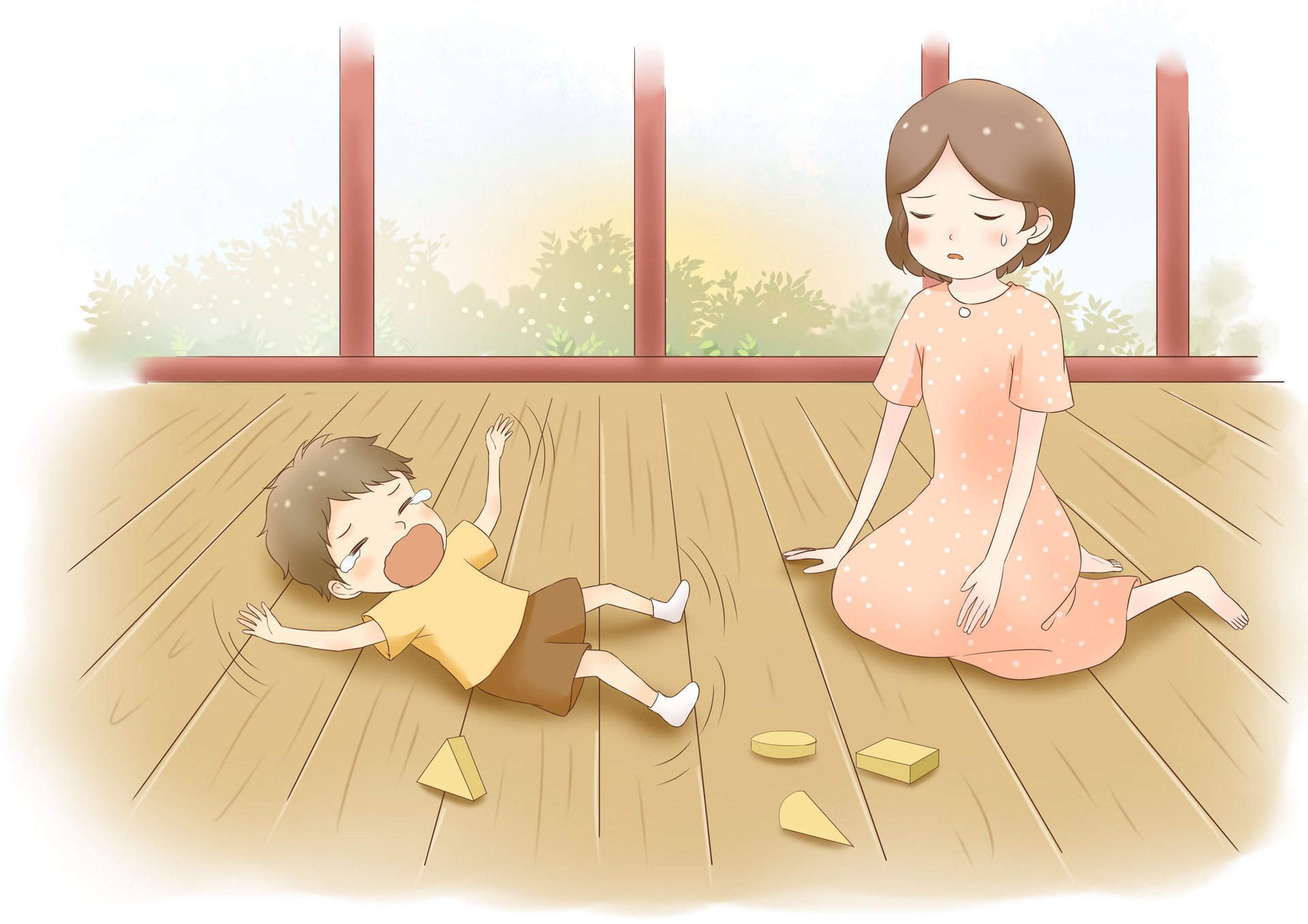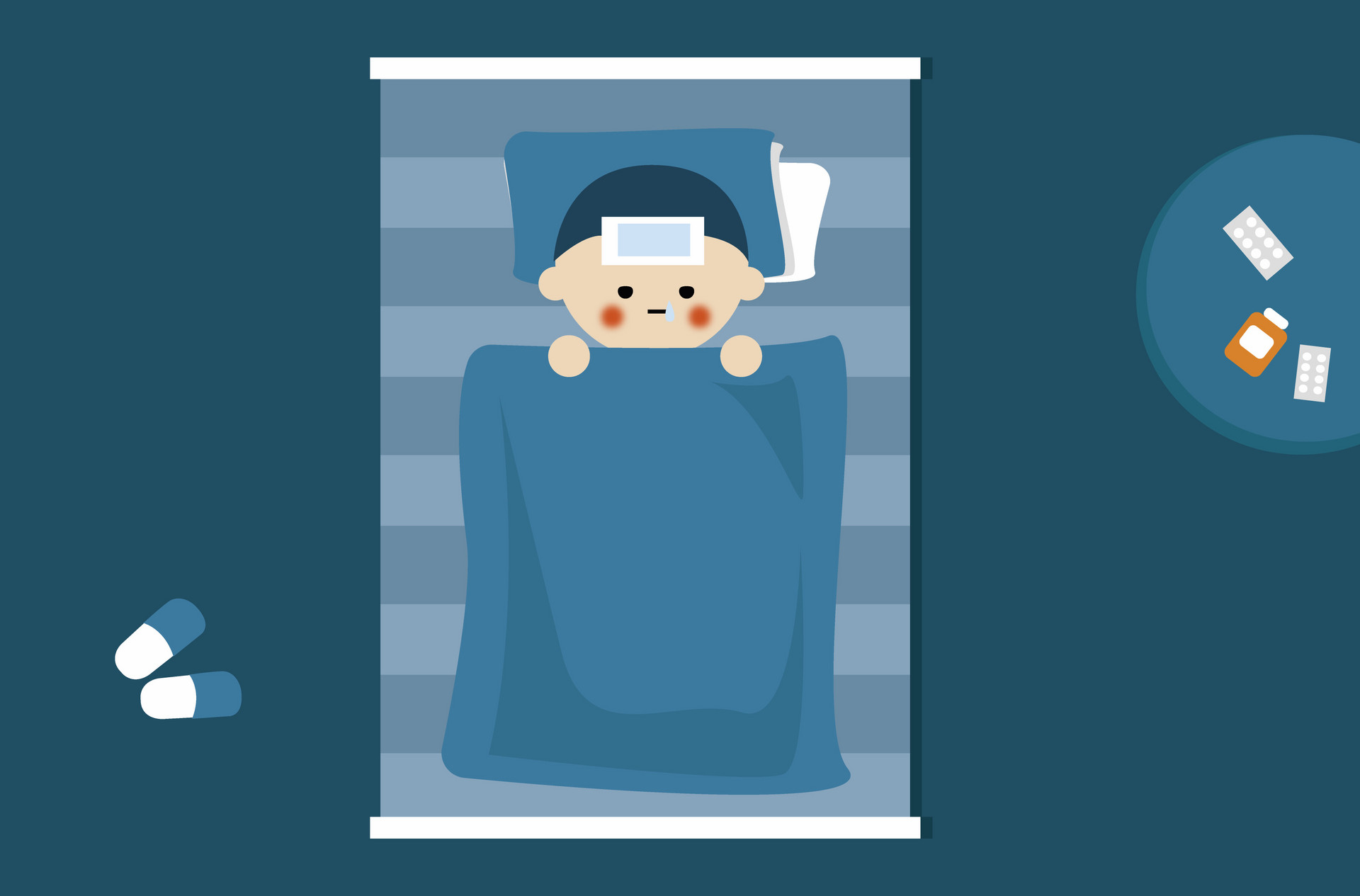Summer is the season when hand, foot, and mouth disease is most common in children, especially in June and July when it often rains and the climate is humid, making it more susceptible to hand, foot, and mouth disease. Therefore, family daily care and diet are particularly important during this time.

Appropriate diet
In terms of diet selection for children with hand, foot, and mouth disease, it is important to adhere to the principle of light and easily digestible foods. Liquid or semi-liquid foods such as boiled noodles, porridge, steamed buns, rice, vegetables, etc., are all good choices. It is necessary to properly hydrate and nourish the body, adhere to scientific dietary principles, and select foods with auxiliary therapeutic effects based on the child's symptoms.
Dietary taboos
Due to the presence of blisters in the mouth, children with hand, foot, and mouth disease should avoid consuming cold, spicy, and excessively salty foods, as they may irritate the mucous membranes and worsen the condition. Foods such as cold drinks, chili peppers, garlic, ginger, and pickled foods should be temporarily avoided. In addition, children with hand, foot, and mouth disease should not consume seafood such as shrimp and crab. Some parents believe that when a child is sick, they should supplement their nutrition. However, giving children rough and difficult-to-digest foods during the early stages of hand, foot, and mouth disease can not only exacerbate the pain in their mouth, but also stimulate their gastrointestinal tract and affect nutrient absorption.
During the period when a child has hand, foot, and mouth disease, it is still necessary to avoid certain foods. Parents should not give their child whatever they want to eat, as this may worsen the child's condition. Instead, parents should choose foods that are suitable for the child's recovery, which can both supplement the nutrients needed during the child's illness and help the child overcome the disease as soon as possible.












